A new study on Lake Superior has unearthed a 3 billion year old secret about the lake, Earth, and ancient oceans that used to encompass much of the planet. This revelation came about after scientists discovered a new type of sulfur cycle in the lake.
Thanks to this study, researchers are now taking a closer look at Lake Superior to learn more about ancient oceans that used to exist on Earth billions of years ago.
About Lake Superior
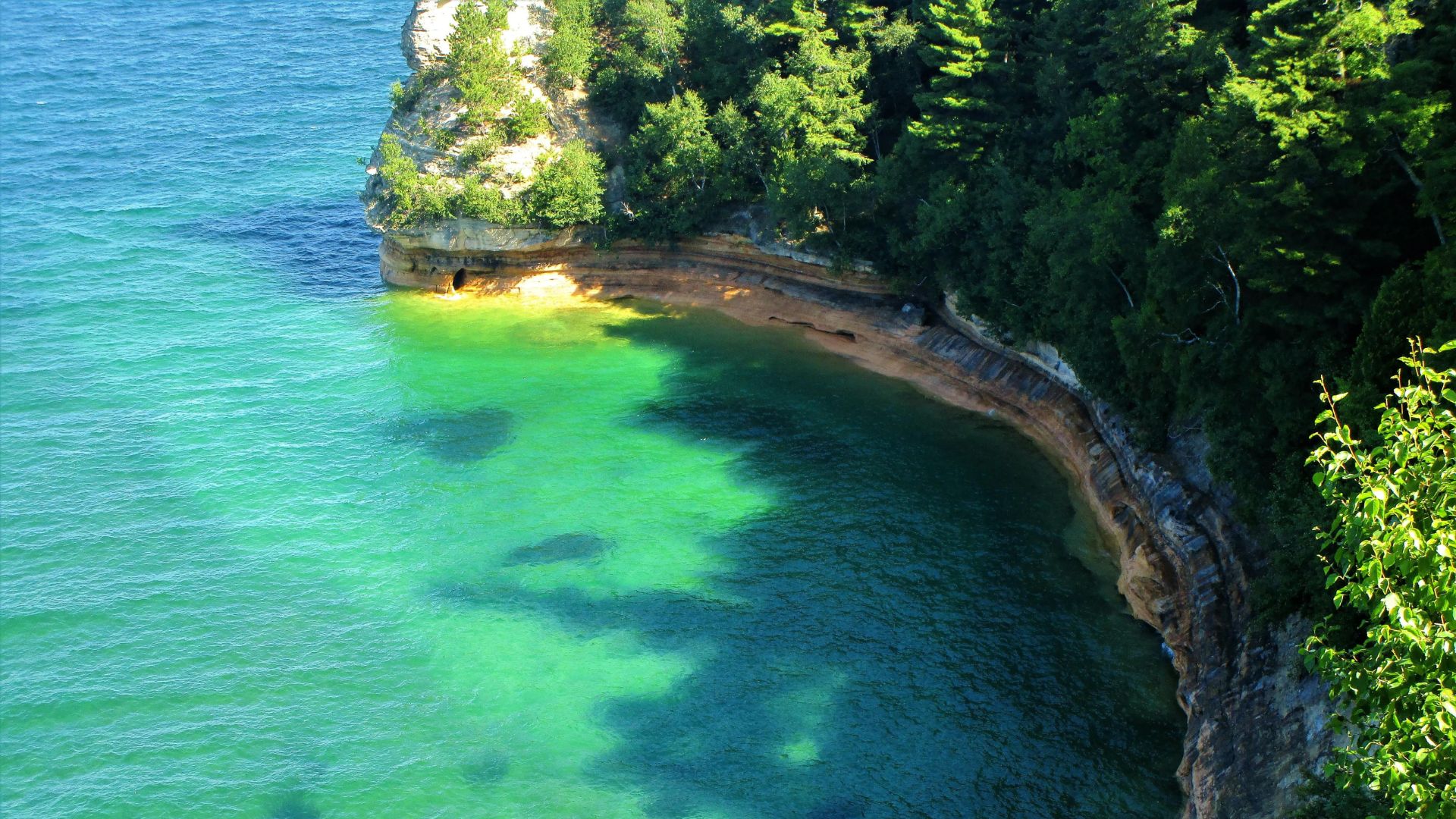
Lake Superior is located in the north of the United States and can be found on the borders of Michigan, Wisconsin, and the Canadian province of Ontario.
Notably, Lake Superior is the largest freshwater lake in the world by surface area, as it holds about 10% of the world’s surface fresh water. It’s also the coldest and deepest of all the other Great Lakes.
A New Discovery
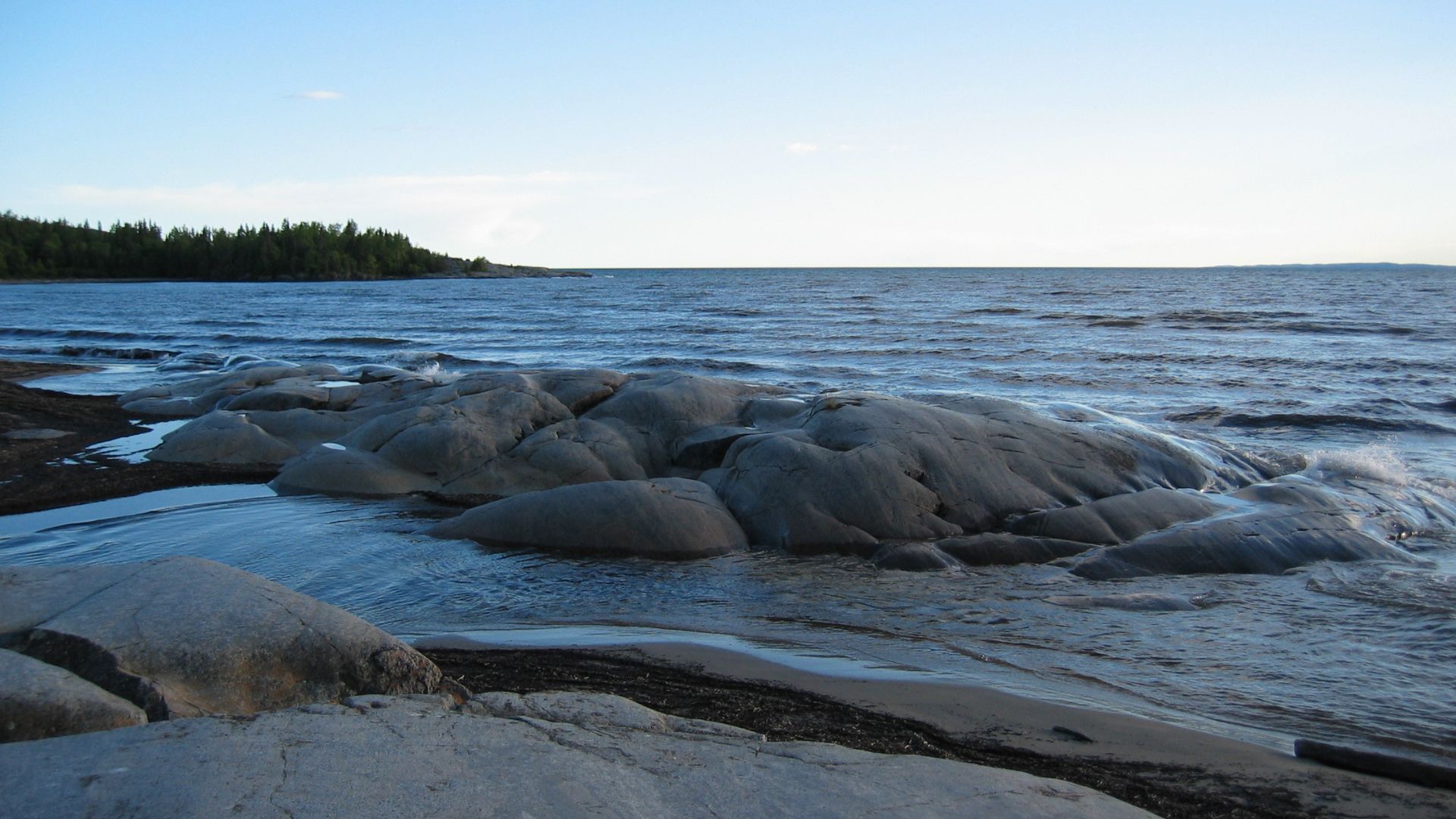
A team of researchers from the University of California, Santa Barbara, as well as the University of Minnesota, Duluth, have recently discovered that Lake Superior holds an interesting sulfur cycle.
The discovery of this new sulfur cycle has astonished scientists, as this cycle can help them uncover ancient secrets from billions of years ago.
Sulfate on Earth Billions of Years Ago

Ancient oceans that existed on Earth billions of years ago didn’t have a lot of sulfate. That fact differs greatly from the oceans today, which contain a thousand times more sulfate.
These billion year old oceans didn’t have the amount of sulfate seen in modern oceans today, as there was a lack of free oxygen on the Earth at this time.
The Importance of Sulfur

Sulfur remains an incredibly important macronutrient, as its a chemical that can help sustain plant growth. It also happens to be one of the most abundant macronutrients found in ocean water.
While scientists know a lot about how sulfur acts today in modern seas, they are still trying to unravel the mysteries of sulfur cycles in ancient oceans. Now, this new cycle discovered in Lake Superior has excited researchers, as they believe they can learn more about how ancient oceans existed.
Looking Back in Time
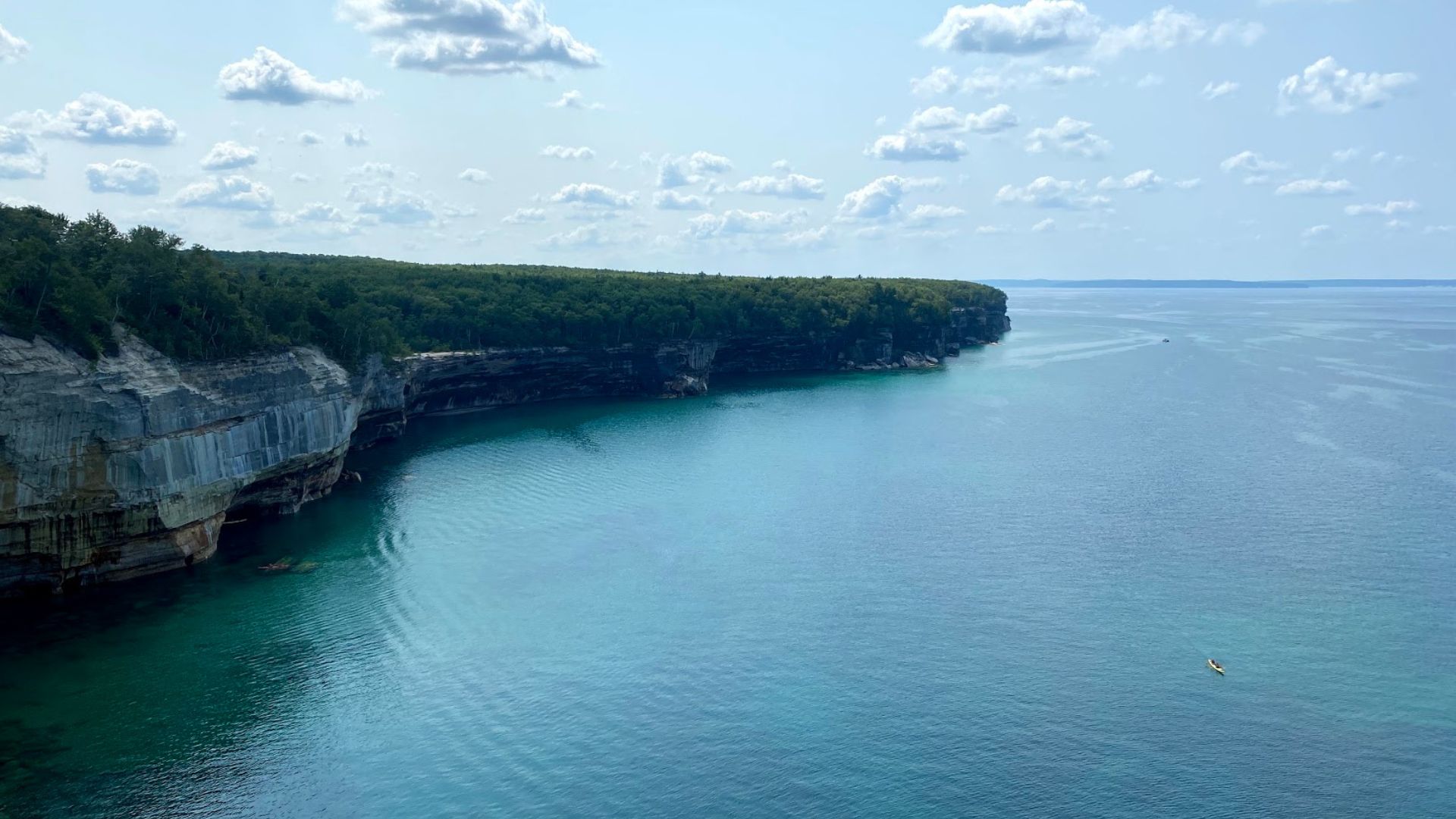
Geochemist Alexandra Phillips, a former postdoctoral researcher, explained how this new information can be used to scientists’ benefit.
“It’s really hard to look back billions of years,” Phillips stated. “So this is a great window.”
Uncovering the Secrets of Ancient Oceans
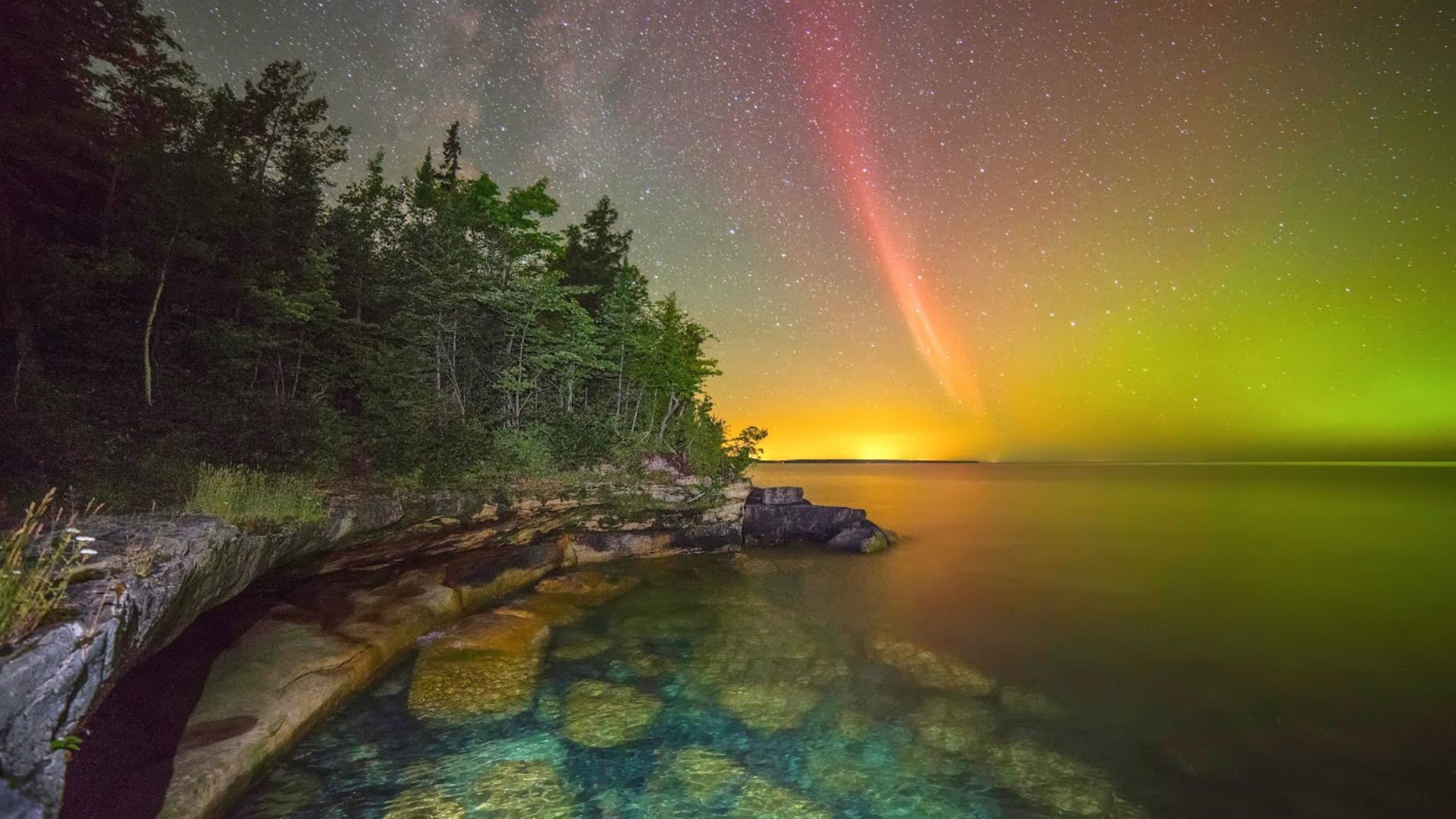
Phillips further explained that Lake Superior looks a lot like what ancient oceans looked like, which can help scientists gain more accurate insight into what these seas were like billions of years ago.
“In terms of sulfate, Lake Superior looks a lot closer to the ocean billions of years ago and may help us understand processes we can’t go back in time to observe directly,” Phillips said.
A Young Lake
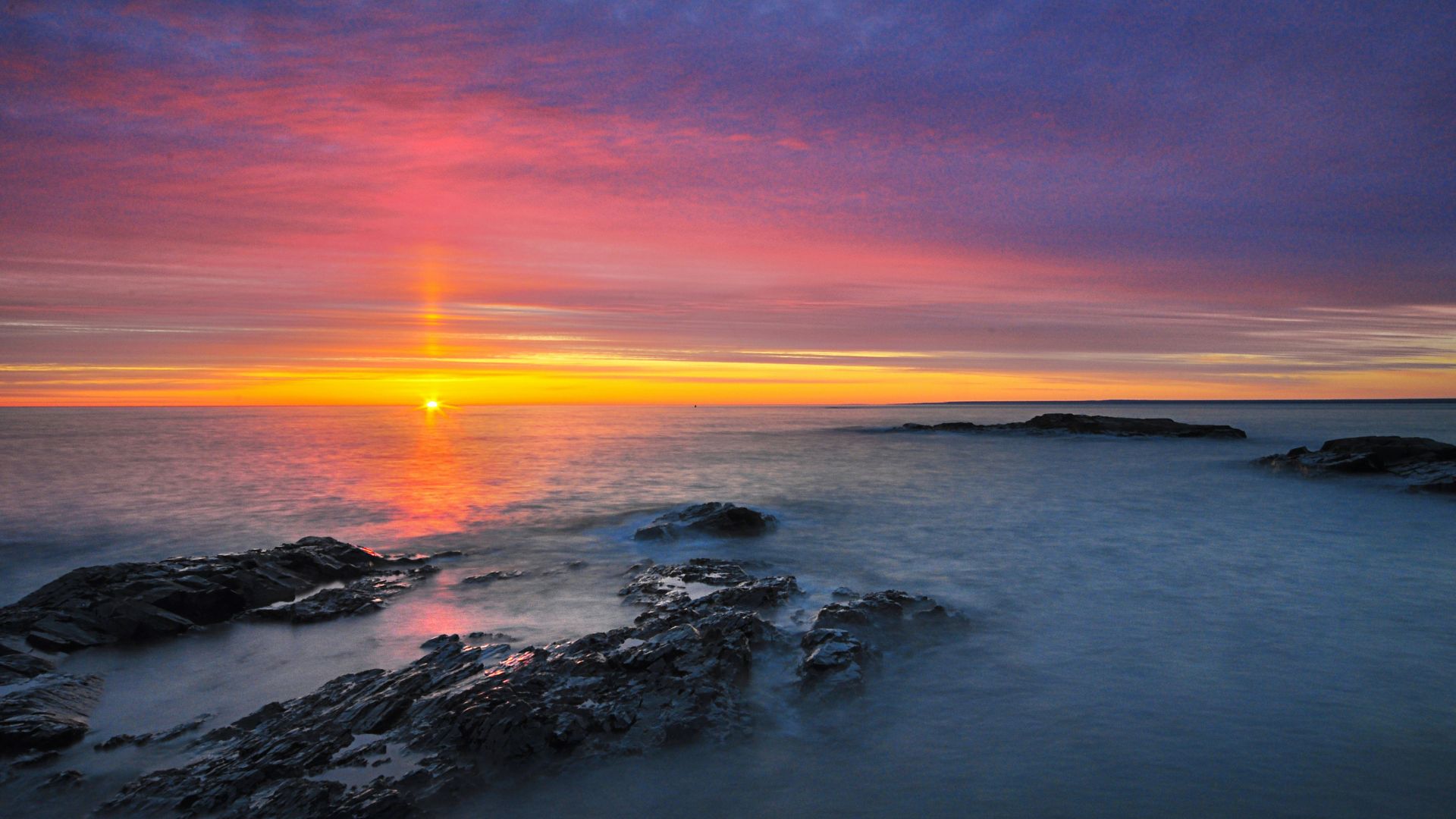
Perhaps most surprising about this discovery is that it occurred in one of the Earth’s youngest lakes. Lake Superior only formed about 10,000 years ago.
This makes the lake one of the youngest around, especially compared to other seas and lakes seen on the planet.
Uncovering Organic Sulfur

Researchers attached to this new study quickly learned that organic sulfur can serve as an energy source for many microorganisms in cycles where sulfate isn’t bountiful.
This can further help scientists learn more about the evolution of microorganisms living in early oceans with different sulfur cycles.
Understanding Ancient Earth
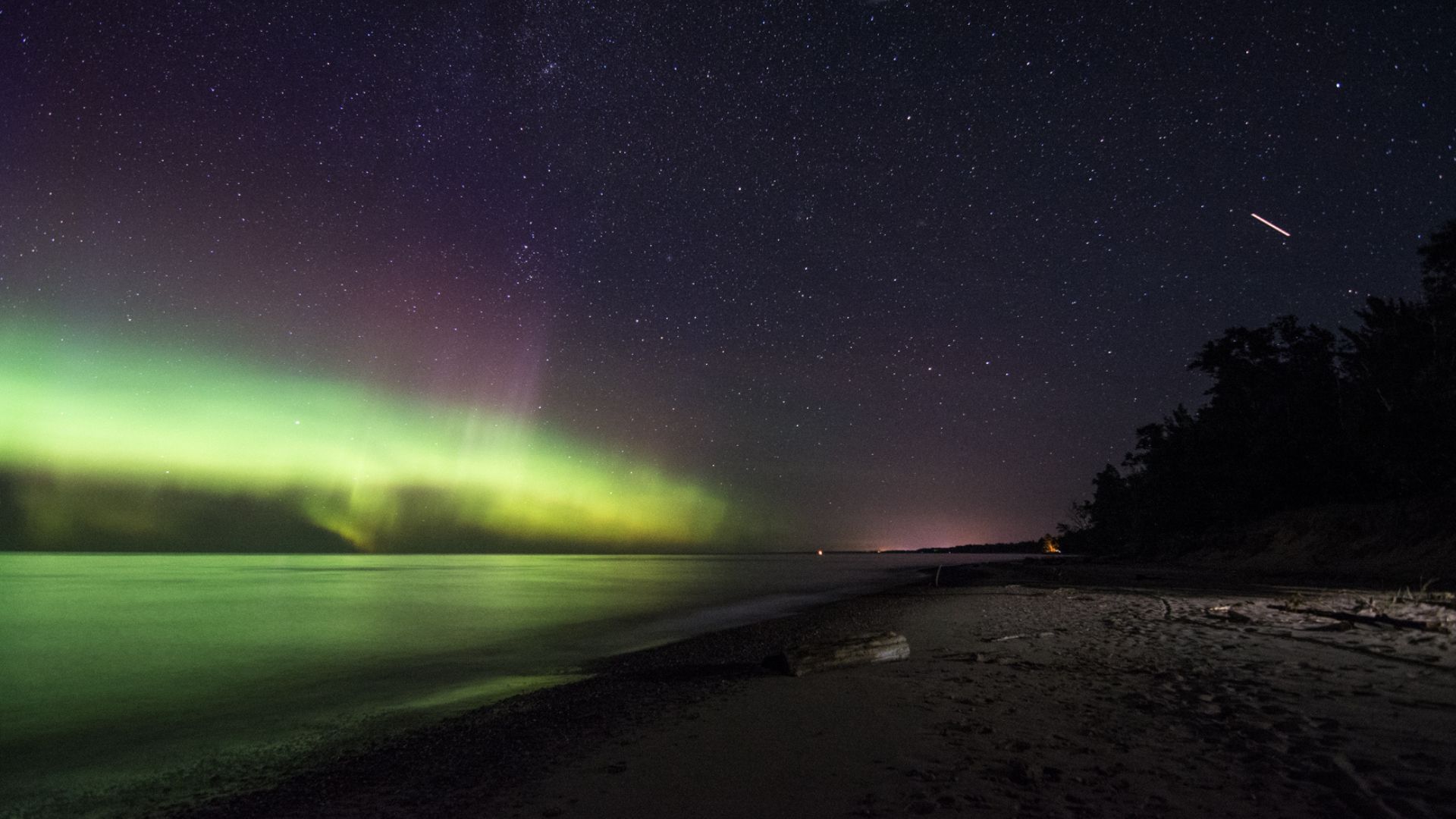
Sergei Katsev, the senior author of the study and a professor at the University of Minnesota’s Large Lakes Observatory, explained that this discovery can change how scientists think about ancient Earth.
“For a long time, our thinking was dominated by what we could learn from modern oceans, which are sulfate-rich,” Katsev said. “Understanding early Earth, however, requires looking at processes that emerge when sulfate is scarce, and this is where organic sulfur can change the whole paradigm.”
Learning More About Ancient Earth’s Chemistry
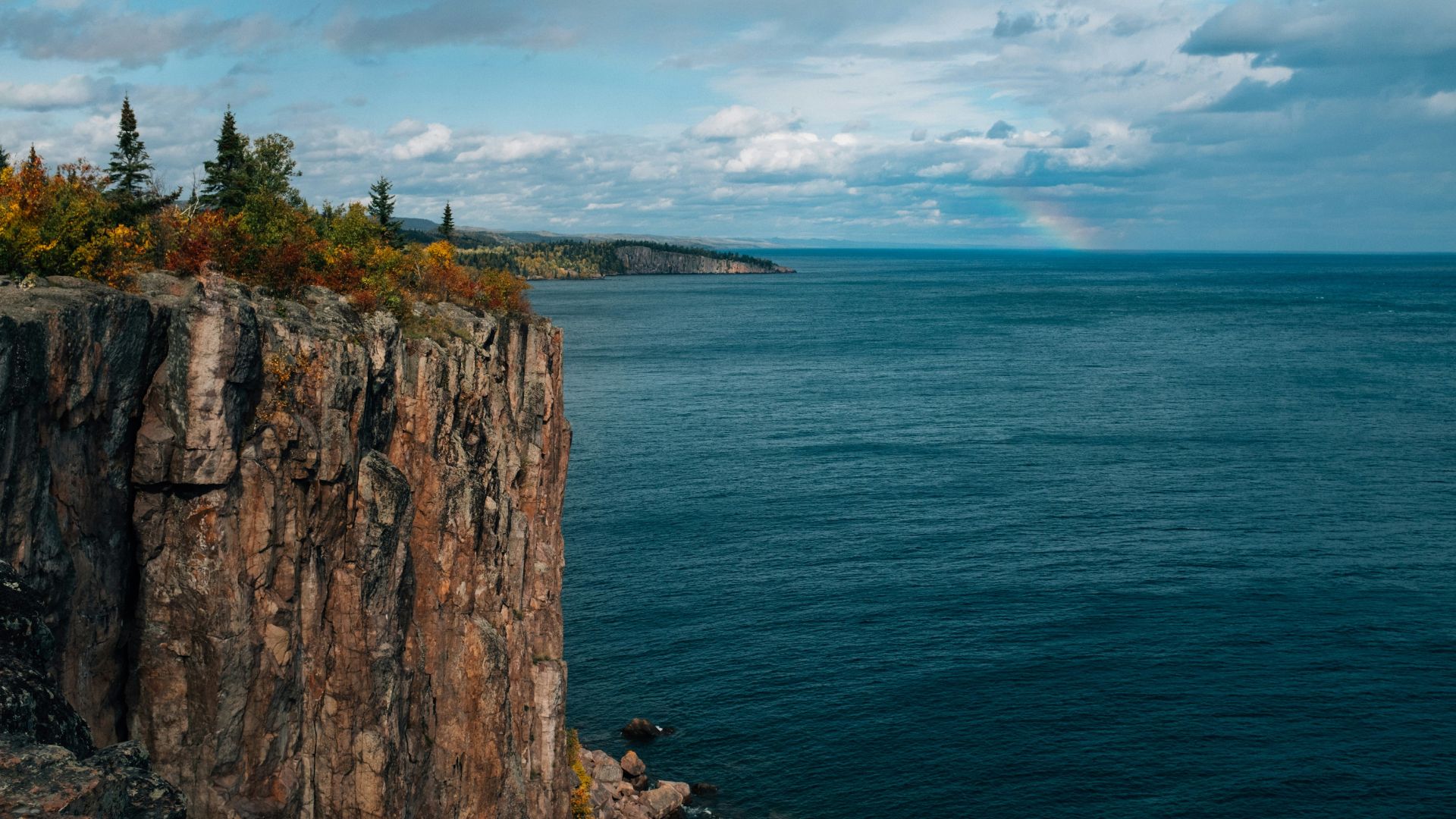
These findings may also help researchers understand how these cycles may have impacted Earth’s chemistry billions of years ago. Morgan Raven, a senior author of the study and a biogeochemist at UC Santa Barbara, explained this line of thinking.
“Organic sulfur cycling, like what we see in Lake Superior, is probably ubiquitous in marine and freshwater sediments. But in the ocean sulfate is so abundant that its behavior swamps out most of our signals,” Raven said. “Working in low-sulfate Lake Superior lets us see how dynamic the sedimentary organic sulfur cycle really is.”
The Secrets of Earth

As a result of this study, many researchers are excited to learn more about the ancient oceans that once existed on Earth.
Luckily, they can analyze the young Lake Superior to learn more about what these seas may have looked like billions of years ago.
